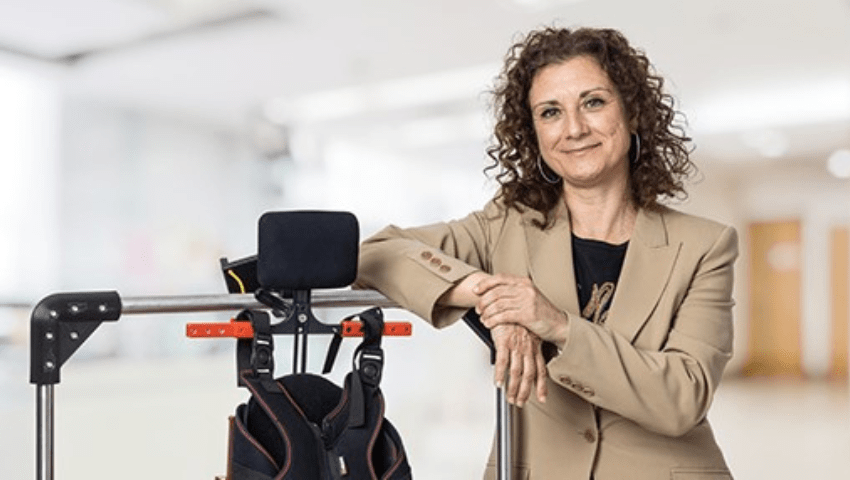A study released earlier this month shows that only 13% of inventors in Europe are women. How can we change the current status quo and boost inclusiveness in research and innovation?
The dishwasher, windshield wiper and caller ID are just a few of the inventions that changed our lives, and we have women to thank for. But when it comes to naming famous investors, most people would probably start with male figures.
A study released earlier this month by the European Patent Office (EPO) finds that 13.2% of inventors in Europe are women. The analysis is based on the percentage of women inventors named in all patent applications to the EPO from 1978 until 2019. It highlights that while the women inventor rate in Europe has been rising in recent decades, a strong gender gap remains. The rate of women inventors is also far below the share of women among science and engineering researchers and graduates.
Only 13% of European inventors are women
According to the EPO study, the rate of women inventors in Europe (13.2% in 2019) is higher than that of Japan (9.5%), but below that of South Korea (28.3%), China (26.8%) and the US (15.0%).
In Europe, Latvia (30.6%), Portugal (26.8%), Croatia (25.8%), Spain (23.2%) and Lithuania (21.4%) have the highest proportion of women inventors, while Germany (10.0%), Luxembourg (10.0%), Liechtenstein (9.6%) and Austria (8.0%) have the lowest.
The study finds that chemistry stands out as the technology sector with the highest share of women inventors (22.4% in 2010-19), while mechanical engineering (5.2%) has the lowest share. Within the chemistry sector, patent applications in the areas of biotechnology and pharmaceuticals have rates of over 30% women inventors.
Another interesting finding is that patent applications from universities and public research organisations have a significantly larger share of women inventors (19%) than those from private business (10.0%). The report reveals that women are more likely to be found in inventor teams than among individual inventors, but they tend to have less senior positions in those teams than men.
Gender Equality Plans
But how can we change the current status quo and boost inclusiveness in the field of patents? Promoting women in science and innovation is one of the key factors to our future sustainability and competitiveness but it remains a major challenge.
One solution to improve women participation and determine institutional change may be implementing Gender Equality Plans. The EU-funded SPEAR initiative is developing such plans in nine European research organisations. Its main objectives are to increase the number of institutions that implement these plans, remove barriers and improving career prospects for women in academia, improving the gender balance in decision-making bodies and strengthening the gender dimension in research content.
SPEAR has benefited of support services to boost the exploitation and dissemination of their solutions through Horizon Results Booster, an initiative of the European Commission implemented by a consortia led by META Group.
Initiatives like SPEAR have the potential to decrease the gender gap in research and innovation and allow women to play a more significant role in the development of new patents. This could mean having more women inventors like the Spanish robotics engineer Elena García Armada, who received the Popular Prize of the European Inventor Award 2022 for her adaptable exoskeleton to help paralysed children walk. Her invention was inspired by meeting a young girl named Daniela who was paralysed in a traffic accident. The exoskeleton enables children to walk during muscle rehabilitation therapy, improving their well-being and extending their life expectancy.

